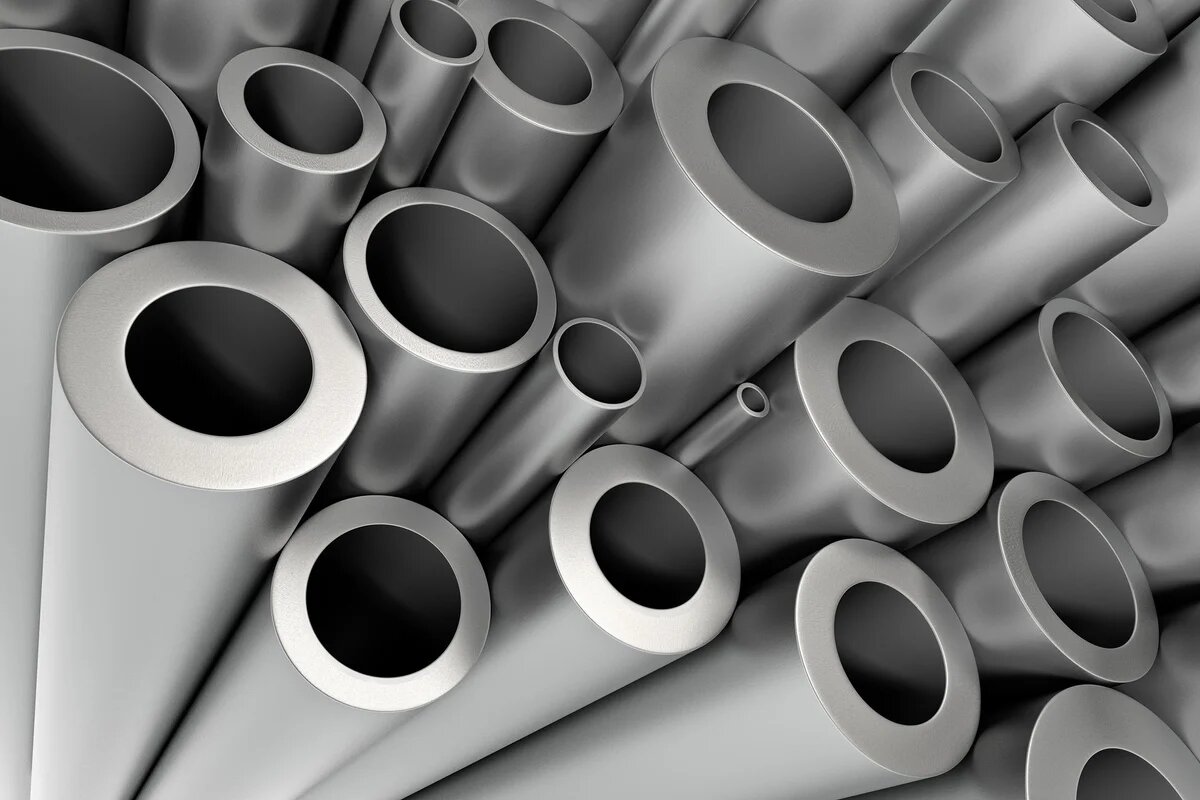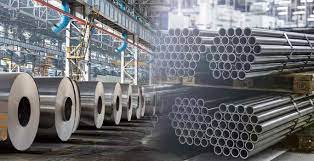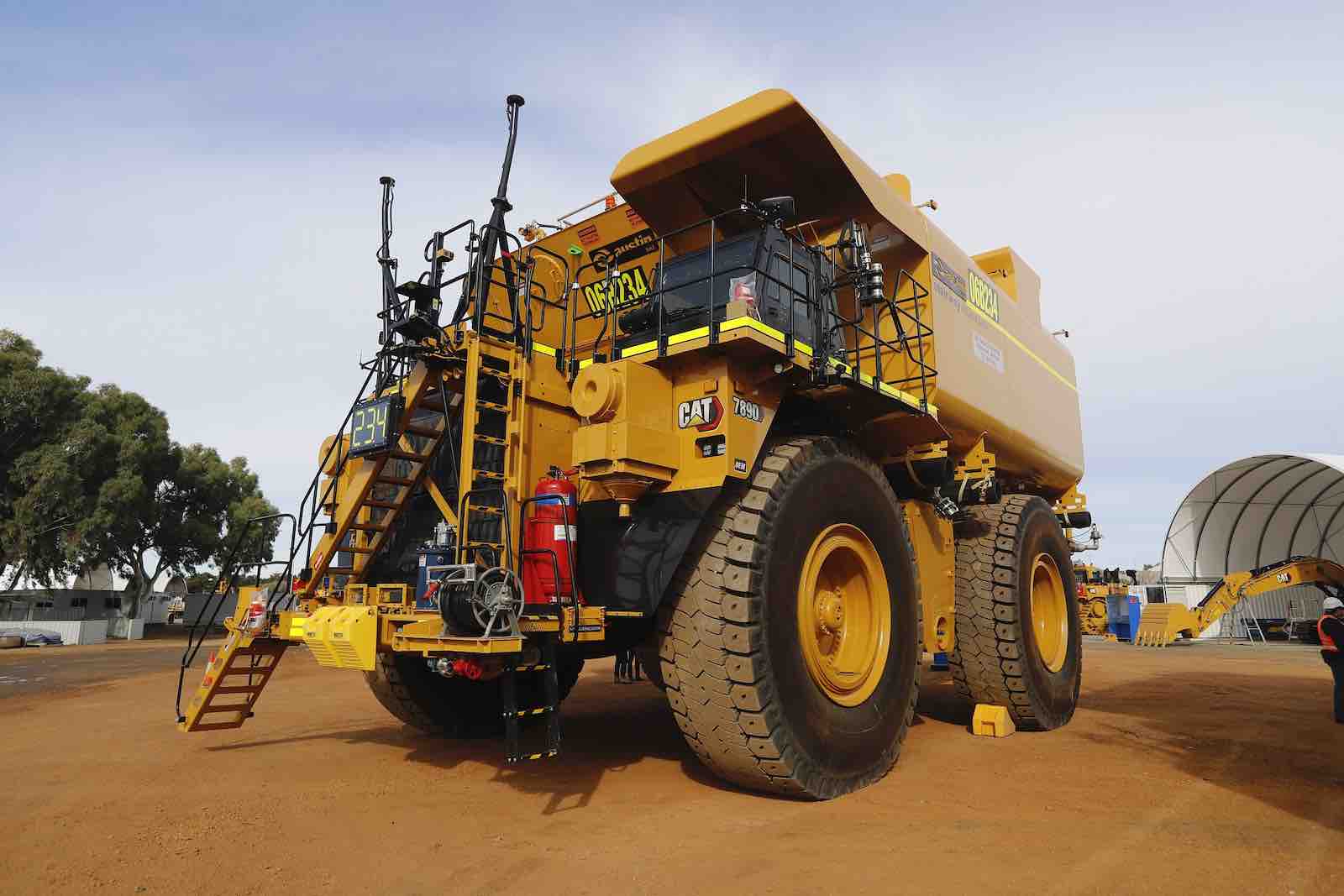Nickel emerged as the weakest performer among the London Metal Exchange’s (LME) base metals last year, primarily due to the anticipation of a significant influx of new nickel supply from Indonesia.
According to the International Nickel Study Group, Indonesia’s mined production saw a substantial 29.2% year-on-year increase in the first ten months of 2023. While the demand for nickel is on the rise, driven by its use in electric vehicle batteries, it is not keeping pace with the rapid growth in supply.
Initially, the expanding supply surplus was concentrated in intermediate products like ferronickel and matte, rather than the high-purity refined metal traded on the LME and Shanghai Futures Exchange (ShFE). However, this dynamic is changing as stocks climb on both exchanges, leading to a narrowing pricing gap between refined metal and other nickel forms.
The current trading price of LME three-month nickel, standing at $16,050 per metric ton, is now encroaching on the cost curve, raising concerns that producers under financial strain could experience further margin challenges.
Stocks surge
Throughout much of last year, low LME stocks served as an anomaly in nickel’s bearish narrative. These dwindling stocks were indicative of the disparity between Indonesia’s swift expansion of intermediate products capacity and a persistently tight refined metal segment within the supply chain.
However, a shift began in the fourth quarter of the previous year. LME-registered inventory experienced rapid growth, escalating from 37,170 tons at the commencement of September to the current 69,510 tons.
A noteworthy contributor to this trend has been the influx of Russian metal into the LME system. The warranted stocks of Russian nickel surged from 7,068 tons at the end of August to 17,772 tons by the conclusion of December. This increase likely reflects a combination of weakened demand and self-sanctioning by Western users.
Converting surplus
However, the true transformative factor is the increasing volume of Chinese metal entering the LME storage system. As recently as August, there was no warranted Chinese-branded nickel; yet, by the end of December, it had reached 6,408 tons.
This surge is attributed to China’s expanding capacity to convert Indonesia’s flow of intermediate products into refined metal eligible for LME delivery. Macquarie Bank projects that 250,000 tons of annual conversion capacity will be operational by the end of the current year.
Concurrently, advancements in processing technology align with the LME’s initiatives to enhance stock liquidity, following the market upheaval in March 2022. The LME has introduced two new Chinese nickel brands—produced by Huayou Cobalt and Jingmen Gem—with annual capacities of 6,600 and 10,000 tons, respectively. They join Jinchuan and Yintai Cash on the LME’s good delivery list.
All these brands produce full-plate cathode, and LME stocks of this type have nearly doubled since the beginning of December, reaching almost 34,000 tons.
Moreover, the influx of Chinese metal is not limited to the LME; the Shanghai Futures Exchange (ShFE) inventory, heavily reliant on Chinese nickel brands, hit a multi-year low of only 560 tons at the end of May 2023. Since then, stocks have surged to 14,193 tons, marking the highest level since January 2021.
Bear pressure
Both exchanges stand to benefit from the increased stocks liquidity facilitated by Chinese converters, but the news is less favorable for other producers. The LME nickel price is already hovering near three-year lows, and hopes for a price boost from index rebalancing at the beginning of the year have been disappointed, showing little discernible impact from anticipated buying.
Higher-cost operators are grappling with the challenging market conditions. In December, Australia’s Panoramic Resources entered voluntary administration, with administrators announcing on January 8 that operations at the Savannah nickel project would be suspended due to a low likelihood of achieving a near-term turnaround in operations and finances.
This week, First Quantum announced job cuts and production reduction at its Ravensthorpe mine in Australia, citing a “significant” downturn in prices expected to persist for three years. Even major players like BHP Group are feeling the impact, with Jessica Farrell, President of the Nickel West division, stating, “We are working hard to remain globally competitive in a very tough operating environment.”
The persistent challenge lies in the ongoing momentum of the Indonesian nickel market, with no signs of slowing down. Macquarie analysts highlight that surpluses are the base forecast for the overall nickel market until 2027, likely across all main product categories. As more of this surplus is converted into refined metal, exchange stocks are expected to further rise, intensifying the pressure on the nickel price.








